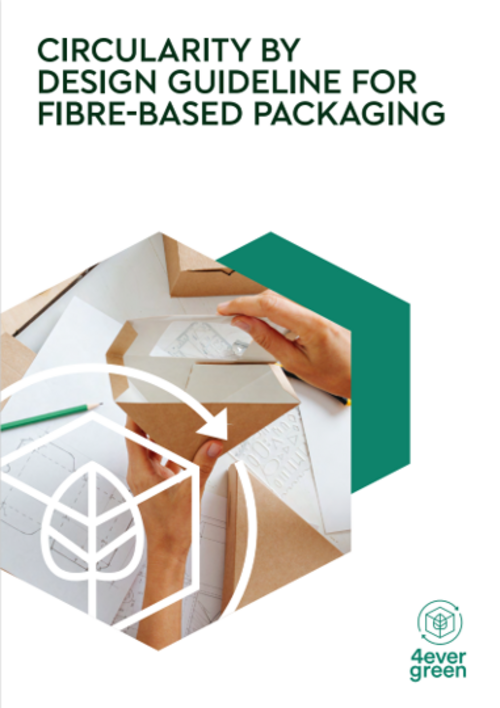
Recycling improved
Less adhesives
“As a general principle, as for all non-target materials of a recycling process, the amount of adhesives used in a given paper or paperboard item should be optimised to the minimum amount required to achieve its function.”

Packaging & Packaging Waste Regulation
By 1 January 2030, the manufacturer or importer shall ensure that the packaging placed on the market is designed so that its weight and volume is reduced to the minimum necessary for ensuring its functionality taking account of the shape and material that the packaging is made of.
(PPWR, Article 9 (1))
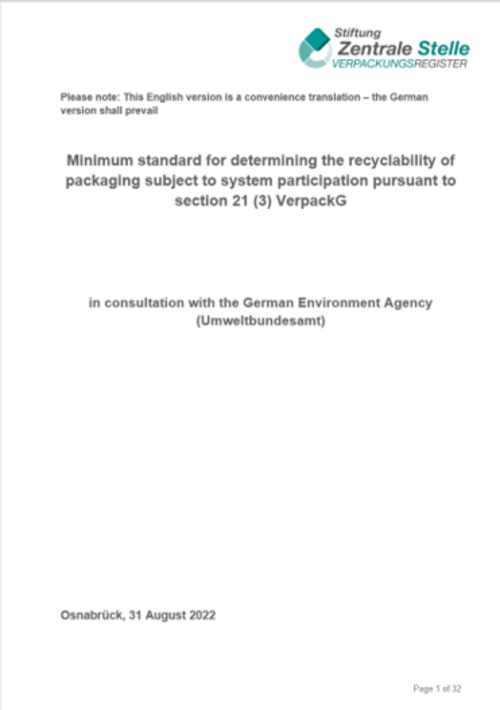
Dot Application
Minimum Sizes
The recyclability is granted for hotmelt adhesives under following conditions:
Softening temperature of the adhesive according to R&B: ≥ 68°C
Layer thickness (non-reactive adhesives): ≥ 120 μm
Horizontal dimension of the adhesive application (in either direction): ≥ 1.6 mm.
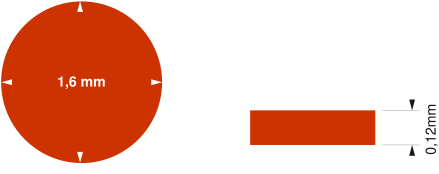
Minimum Size Requirements
Minimum requirements clearly exceeded
Dotsize 4mm
Dotsize pressed 6mm
Thickness 0,24mm
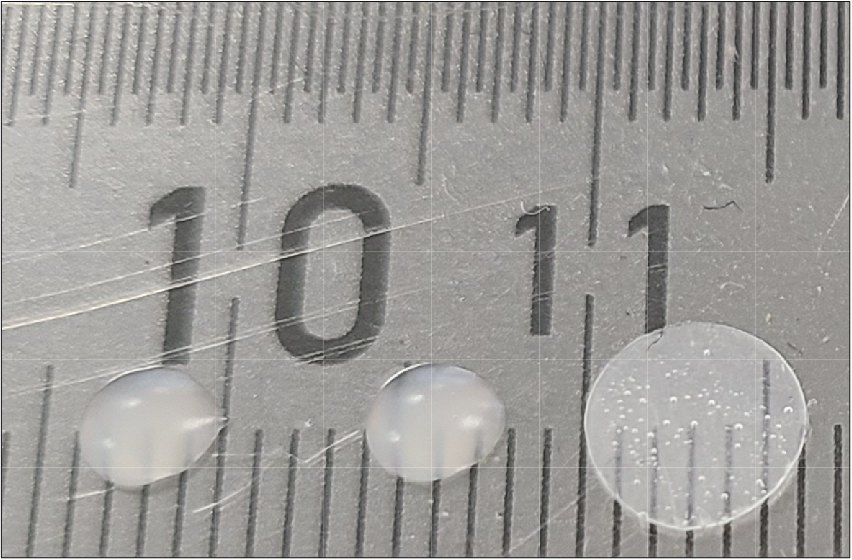

Plug & Connect
No alternative in most cases
Plug and connect: Often higher substrate consumption, contrary to the aim of minimising packaging.
Lack of tamper protection for plug-in connections.
Implementation in automated systems: Complex and challenging.
Susceptibility to errors: Increases with plugging and joining processes
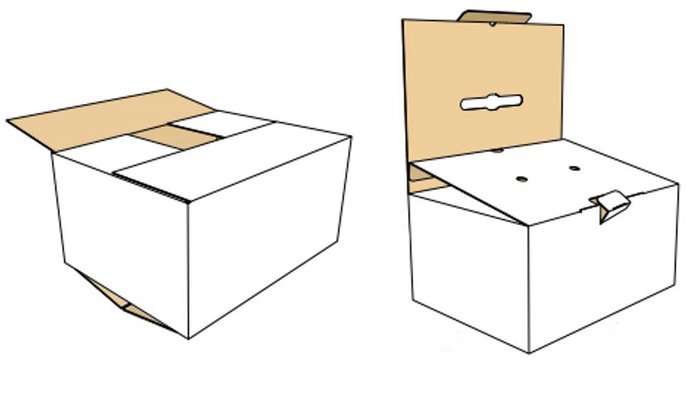
Adhesive saving 50%
Effect on costs and CO₂ equivalents
Folding instead of gluing:
10% more cardboard = 13.8 kg CO₂e/t against 2.52 kg CO₂e
20% more cardboard = 27.6 kg CO₂e/t against 2.52 kg CO₂e


CO₂ - Footprint
Hotmelt
2,5 kg CO₂e / kg
Energy
0,434 kg CO₂e / KWh
Adhesive Price:
3€/kg hotmelt
Hotmelt System Usage
200 days/year
2-Shifts
Adhesive Consumption
Variable in steps between 1kg/h to 6kg/h
Hot melt consumption
Its role and impact on climate change

Based on our model and the staggered adhesive consumption
The table illustrates the CO₂ emissions resulting from the hot melt application process.

Hot melt consumption
Its role and impact on climate change
A mid-range car that travels around the world
0,138 Kg/km
Equator: 40.075 km